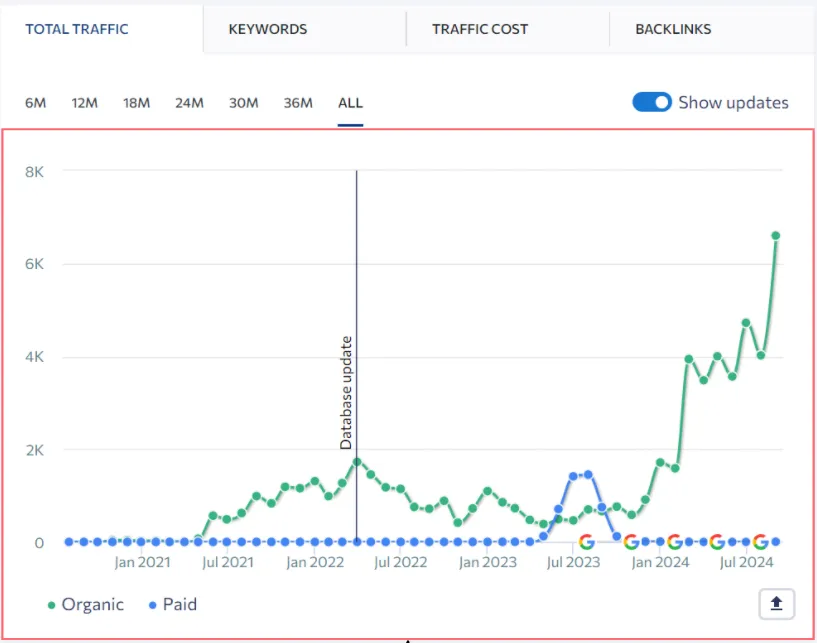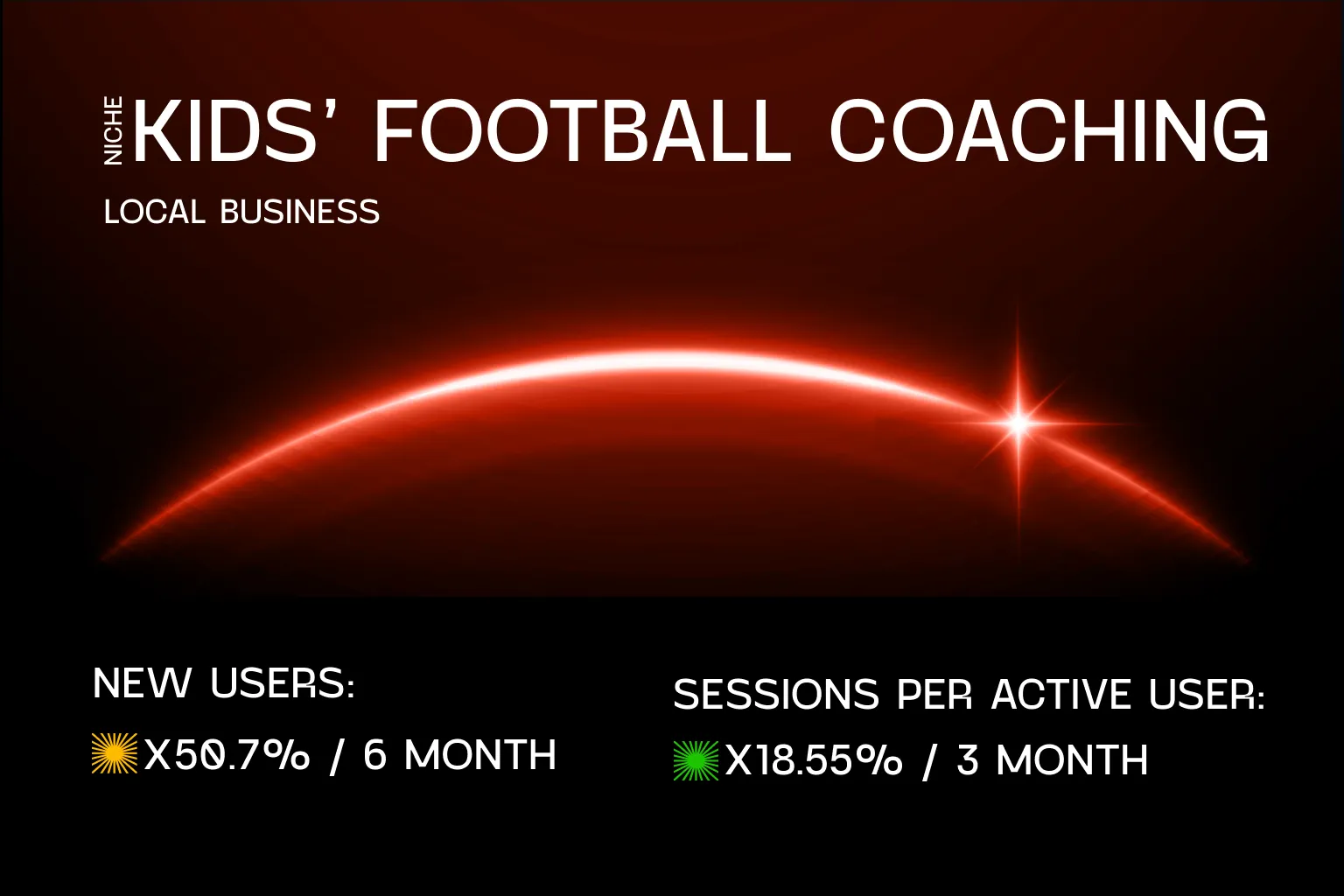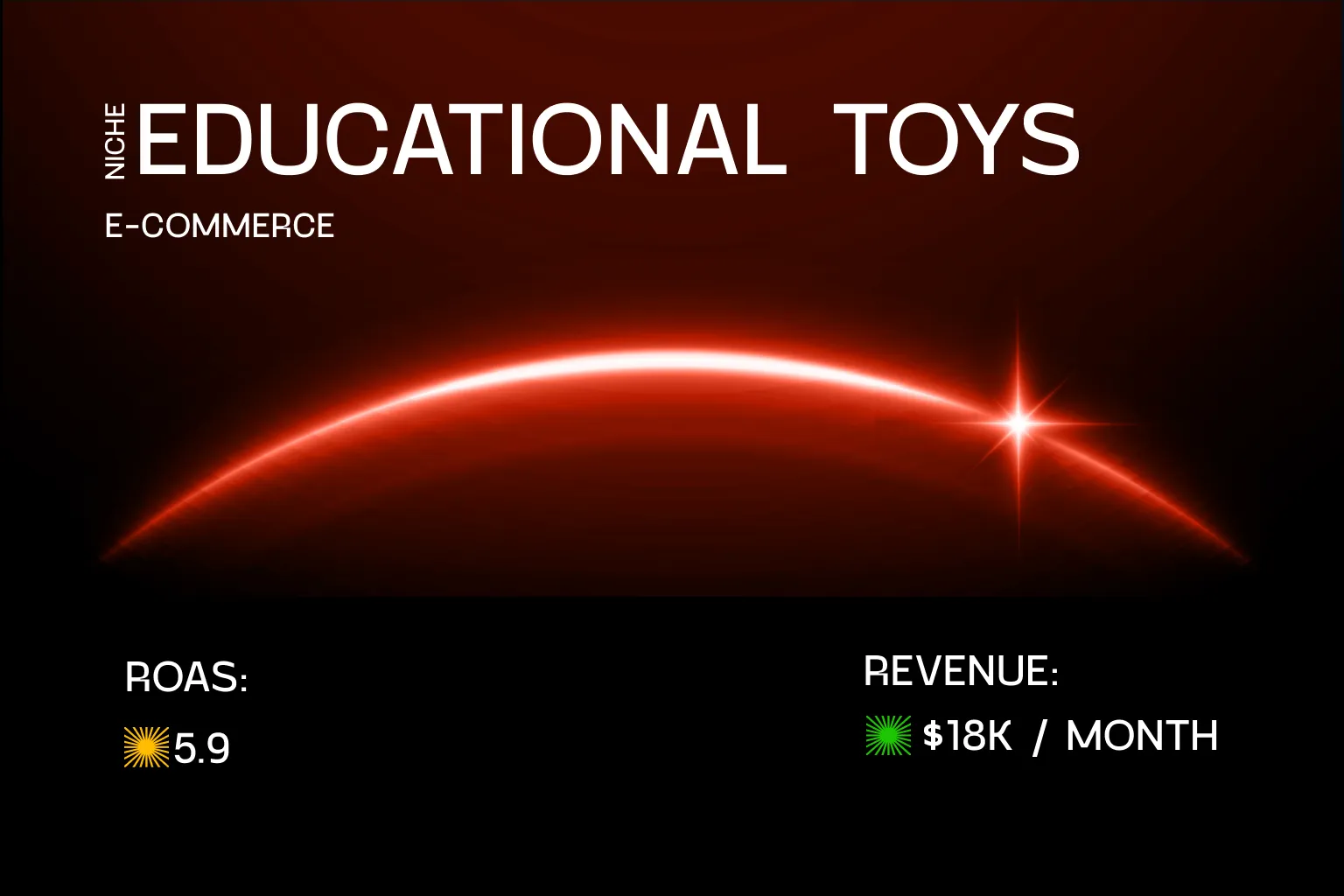Goals and constraints
We were tasked to quickly close the gap with five entrenched US competitors in a medical YMYL niche while operating under tight budget control and intensive client oversight. The goal was clear: match their organic visibility and lead flow as fast as possible without overextending spend.
Key constraints we navigated:
- Budget: 2,000–2,500 USD per month for technical SEO, content, and links combined
- Heavy approvals: every article and link prospect required client sign-off
- Time-zone friction: client availability aligned to US evenings and nights for our team
- Competitive dynamics: direct rivalry with Nourish, Berry Street, Fay Nutrition, Noom, and Weight Watchers who invest significantly more in SEO and content
Introduction
The brief arrived in late 2024: catch up with category leaders and hit their traffic and order volumes fast. The challenge - we had to perform in a high-authority medical niche where big incumbents dominated SERPs and could outspend us by a wide margin. We prioritized a plan that stabilized the technical foundation, captured search demand as it emerged, and routed qualified traffic to conversion-focused service pages - all while working within a modest monthly budget and a strict approval process.
Client context
The client is a US-based telehealth nutrition practice serving consumers across multiple regions. Prior to our engagement, the site had slow but steady growth. Expectations, however, were urgent: match leaders quickly, regardless of the niche’s structural constraints. We had to balance speed and accuracy in a YMYL category where quality, medical accuracy, and compliance matter as much as technical rigor and link authority.
What we started with
At kickoff, we observed positive momentum but several critical blockers:
- Technical: indexation errors, duplicated content, slow load times, and mobile performance issues
- On-site UX: service pages were underpowered, with dated layouts, weak CTAs, and inconsistent information hierarchy
- Relevance drift: the niche changes fast - existing keyword targets were aging while new demand waves were forming
We aligned on a staged plan: stabilize technicals, rebuild service-page UX, then systematically capture new, trending queries to outpace the legacy content cycle of competitors.





Strategy
Our strategy blended foundational fixes with fast-moving content to win share where incumbents were slow to react. We combined four pillars: initial state analysis, hypothesis testing, competitor analysis, and agile keyword selection.
Initial state analysis
We performed a full technical review, a content and information architecture audit, and a position-by-position check of current keywords against emerging search behavior. The priority was clear: restore indexation health, eliminate duplicates, overhaul service-page UX, and prepare the content engine to chase new demand waves as they surfaced.
Hypotheses we tested
- Fixing indexation and duplicate content would unlock faster crawling and lift baseline visibility
- Redesigning service pages with modern UX - clear CTAs, social proof, structured frames - would improve conversion rate
- Capturing trending, medically relevant topics early would outpace high-authority rivals on freshness and timeliness
- Targeting mid-volume queries and strengthening internal linking would accelerate rankings and stabilize growth
Competitor analysis
We benchmarked global authorities like WebMD and Healthline and mapped direct US competitors - Nourish, Berry Street, Fay Nutrition, Noom, and Weight Watchers. Their strengths included deep content libraries, strong E-E-A-T signals, and significantly higher link acquisition velocity. Our counterplay was to be precise, faster on fresh topics, and focused on intent-rich queries that convert.
Keyword selection
We built a dynamic semantic map rather than a static list. The core approach:
- Classical seed expansion across high-, mid-, and low-volume terms
- Google Trends monitoring to detect new waves early
- Cross-checks with authoritative medical sources to validate clinical relevance and likely search uptake
- Routine pruning of stale, underperforming targets in favor of emerging demand
This ensured our content pipeline stayed aligned to real-time interest and medical publication cycles, not just past SERP history.

Execution
We executed a focused plan that protected the budget and targeted impact where it mattered most: technical reliability, service-page UX, and trend-led content that could win quickly and compound over time.
Why we chose this approach
In medical YMYL, classic SEO plays take longer because authority and quality signals weigh heavily and competition is fierce. With a constrained budget, broad battles were unwinnable. We concentrated on fixes and levers with the highest near-term ROI: crawlability, UX-driven conversion, and time-sensitive content aligned to evidence-based topics.
Tools
- SE Ranking - position tracking, audits, and semantic expansion
- Google Trends - early signal detection for rising topics
- Collaborator - curated guest posts and crowd links to build a natural profile
- Google Search Console and Google Analytics 4 - performance tracking
Concrete actions
- Content - wrote and optimized informational and commercial articles for mid- and long-tail keywords, prioritized new medically relevant trends validated by authoritative sources
- Internal linking - systematic linking from informational posts to relevant service pages to pass equity and improve discoverability
- Service-page optimization - recommended and coordinated design updates: clear CTAs, trust signals, structured content frames, and consistent, scannable layouts
- External links - published guest posts to the homepage and key services plus crowd links to both informational and commercial content to maintain a balanced, natural profile
- Technical SEO - resolved indexation issues, eliminated duplicates, and improved speed and mobile performance to stabilize crawling and rankings
Data collection and verification
We integrated Google Search Console and GA4 for real-time monitoring of organic traffic, search visibility, and conversions. All core metrics were verified directly in Google’s tools to reduce measurement error. We also provided a Looker Studio dashboard for full transparency and ongoing decision-making.
View the Looker Studio dashboard
Results
Organic traffic scaled from roughly 2–3k visits at start to approximately 17–18k in the last 30 days. The most notable proof point came from our trend-led content approach: a comprehensive guide on berberine and weight loss, published immediately after a new clinical study, generated over 44,000 organic visits in its first month alone. This validated our central thesis - in fast-moving medical niches, being first with accurate, high-quality content on new evidence can outperform classic broad-term plays.
Additional outcomes we observed:
- Improved indexation and reduced duplication lifted baseline discoverability
- Service-page UX upgrades drove stronger engagement and clearer user pathways
- Internal linking strengthened the relationship between informational and commercial content
- A balanced link profile supported authority growth without risking unnatural patterns
Reference study: PubMed - Berberine study, 2024
What changed and why it worked
- Problem: duplicate content and indexation errors suppressed discovery - Hypothesis: fixing crawl and duplication issues would restore baseline visibility - Action: technical audit and fixes for index coverage, canonicalization, and performance - Outcome: faster crawling and a platform ready for growth
- Problem: underperforming service pages with weak UX - Hypothesis: modular structure and clear CTAs would lift conversions - Action: service-page redesign with frames, social proof, and intent-aligned layouts - Outcome: stronger engagement and improved conversion pathways
- Problem: established rivals dominated evergreen terms - Hypothesis: early publication on validated, trending medical topics could outrun them - Action: monitored Google Trends and authoritative publications, produced timely, evidence-based content - Outcome: breakout posts including a berberine guide that delivered 44k organic visits in month one
- Problem: limited budget for links vs high-velocity competitor acquisition - Hypothesis: targeted guest posts plus crowd links would build authority safely and cost-effectively - Action: curated placements via Collaborator and diversified anchors and destinations - Outcome: healthier link profile supporting rankings without overspend
- Problem: misaligned expectations and heavy approvals slowed turnaround - Hypothesis: transparent dashboards and structured sprint cycles would keep alignment high - Action: Looker Studio reporting, clear SLAs for approvals, and prioritized roadmaps - Outcome: steadier delivery cadence and measurable progress despite constraints
Lessons and next steps
Key takeaways from this engagement:
- Technical stability is the foundation. Without clean indexation, de-duplicated content, and fast pages, returns on content and links are capped.
- Trend-led content beats classical plays in dynamic niches. Fast, evidence-based publishing on new medical findings can deliver outsized traffic in weeks, not months.
- Mid-volume, intent-rich queries deliver faster ROI under budget constraints. Save top-terms for the long game, but build momentum with attainable demand now.
- Internal linking is an underused growth lever. Linking informational content to commercial pages accelerated relevance and rankings for services.
- Balanced link profiles win safely. Guest posts for core pages plus crowd links for breadth produced authority gains while maintaining a natural footprint.
- Governance matters. Tight approvals slow velocity, but transparency and clear checkpoints keep projects moving and stakeholders informed.
Our recommended next steps:
- Continue monitoring Google Trends and medical publications to spot emerging topics early
- Maintain a living semantic map - prune stale queries and add new demand continuously
- Deepen service-page UX with FAQs, comparisons, reviews, and interactive components to raise conversion rates
- Expand link building via medical and academic associations and journals to strengthen E-E-A-T signals
- Invest in local SEO in priority US states to capture nearby demand while competing nationally
- Enhance Looker Studio dashboards for channel-level ROI analysis and faster decision-making
Net result: in telehealth nutrition - a complex, fast-changing YMYL niche - disciplined technical work plus agile, evidence-led content can deliver tens of thousands of incremental organic visits even under a modest monthly budget. The compounding effect of these systems is now in motion and ready to scale.







.svg)